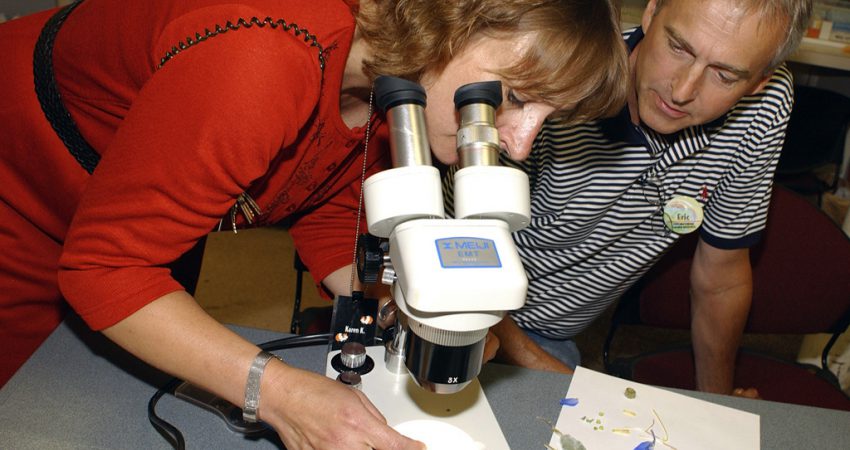
By Sara C Heredia - June 2015
PAPER CITATION
Allen, C. D., & Penuel, W. R. (2014). Studying Teachers’ Sensemaking to Investigate Teachers' Responses to Professional Development Focused on New Standards. Journal of Teacher Education, 66(2), 136–149. doi:10.1177/0022487114560646
In this research article, Allen and Penuel investigate how science teachers make decisions about implementation of reform based on their understanding of coherence between professional development and the standards, curriculum and assessment in their local context. This research will support ISE that design and facilitate science teacher professional development.
Research Design
Little research on impacts of professional development look to understand how teachers’ local context within their schools or districts impact what they take away from professional development to implement in their classrooms. To address this issue, the authors developed multiple case studies of teachers at two school sites that participated in a district wide professional development on a middle school science curriculum based in project-based inquiry science and the Next Generation Science Standards. Teachers from across the district met collectively in August, October, and January. At each workshop the teachers were introduced to one of the units in the curriculum and were led through accelerated versions of the activities. For each school site studied, the teachers received and participated in comparable amounts of professional development. However, teachers at each site expressed different sources of ambiguity or uncertainty between the tools and resources provided by the professional development and similar resources and tools in use at their schools. The authors analyzed teacher interviews and artifacts to understand how the teachers made sense of these differences as they worked to implement the new curriculum in their classrooms.
Research Findings
The authors identified three main findings in their analysis: the teachers at both school sites reported conflicting goals, absence of measures, and limited resources as three sources of ambiguity or uncertainty between the resources and tools provided by the professional development and similar tools and resources at their school site. However, the manifestations of these sources of ambiguity and uncertainty were different at the school sites and related to the oversight of administrators at their school site. At one site, the teacher and the administration had differing ideas about what counted as good science teaching and that teacher tended to adhere to implementation of the PBIS curriculum as written without opportunities to integrate or make sense of those conflicting goals. Whereas at the second school site, the administration’s goals for science education aligned with the teachers and they were able to integrate the various and at times conflicting resources of the professional development and the district curricular tools.
Theoretical Basis
In this study the authors adopted the concept of sensemaking from organizational theory to analyze teachers’ activity in professional development designed to support them in changing their teaching practices to align to the Next Generation Science Standards. Sensemaking is defined as the process by which individuals interpret and act on changes to their work environment (Weick, 1995). As changes occur they are often accompanied by sources of ambiguity or uncertainty that must be worked out, so that individuals can decide if and how to respond to those changes. In the context of education, sensemaking can help us to interpret the sources of ambiguity and uncertainty teachers experience with reforms in education and how they work through that to change their teaching practices.
Implications for Practice
The authors suggest that professional development opportunities for science teachers need to extend time for teacher sensemaking beyond the content that they are meant to teach. That teachers also need time to make sense of implementation of reform within their particular context and that may require significant differentiation as teachers may encounter variations of important sources of ambiguity or uncertainty. For example, teachers may not have other colleagues at their school sites to engage in collective sensemaking with and therefore might require support in thinking through how to gain access to other science teachers. Likewise, teachers could use time to juxtapose their district or school-wide resources along side resources from the professional development to identify similarities and differences and how they might go about integrating what might appear to be conflicting resources.




